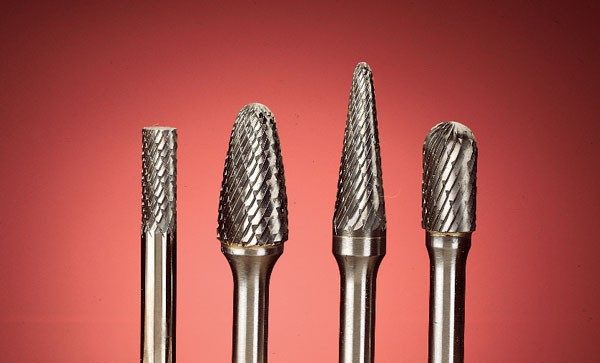23
Apr

A die grinder is a handheld power tool that can be used for polishing, sanding, honing and of course, grinding. It has a lot in common with other tools in the same category and as such can be really dangerous to use if you don’t know what you are doing or if you aren’t wearing the proper protective gear. This gear includes the eye and face protection in the form of goggles or a face shield, hearing protection like the earplugs or earphones, and skin protection that comes from a number of items such as the work gloves, and a few choice pieces of fire retardant clothing. Luckily, there are also a few built in safety features found in the tools themselves which means that you can avoid ever having an accident relatively easily if you exercise only a small level of caution.
The most important parts of the tool are obviously the large number of different die grinder bits that are interchangeably attached to the tip and have many different applications depending on their shape and size. These die grinder bits are called burrs and are usually made out of tungsten so that they can properly be able to cut and shape any material, as well as do things such as the removal of sharp edges. These tungsten burrs are perfect for both grinding certain types of metal like steel, aluminium and cast iron, as well as materials such as wood, plastic, and even fibreglass. They can also last for a remarkably long time without chipping or breaking when used on softer metals such as silver, gold and platinum. These applications make these burrs and the die grinder itself an ideal tool for fields such as jewellery making, wood carving, welding and metalwork in general.
These burrs are quite versatile and come in a large assortment of different shapes so that there will always be an attachment that is perfect for a certain shape you would like to make in the material that you are working with. For instance, the ball shaped burrs are used to create concave cuts or shape and hollow out an area, the round nose burrs are used primarily for rounding off edges and the cylindrical burrs are used for contour finishing. And there are also burrs that are shaped like a pointed and an inverted cone. The former is used for rounded edges and narrow angles or generally difficult to reach areas, while the later is used for making v-cuts and rear side chamfering.